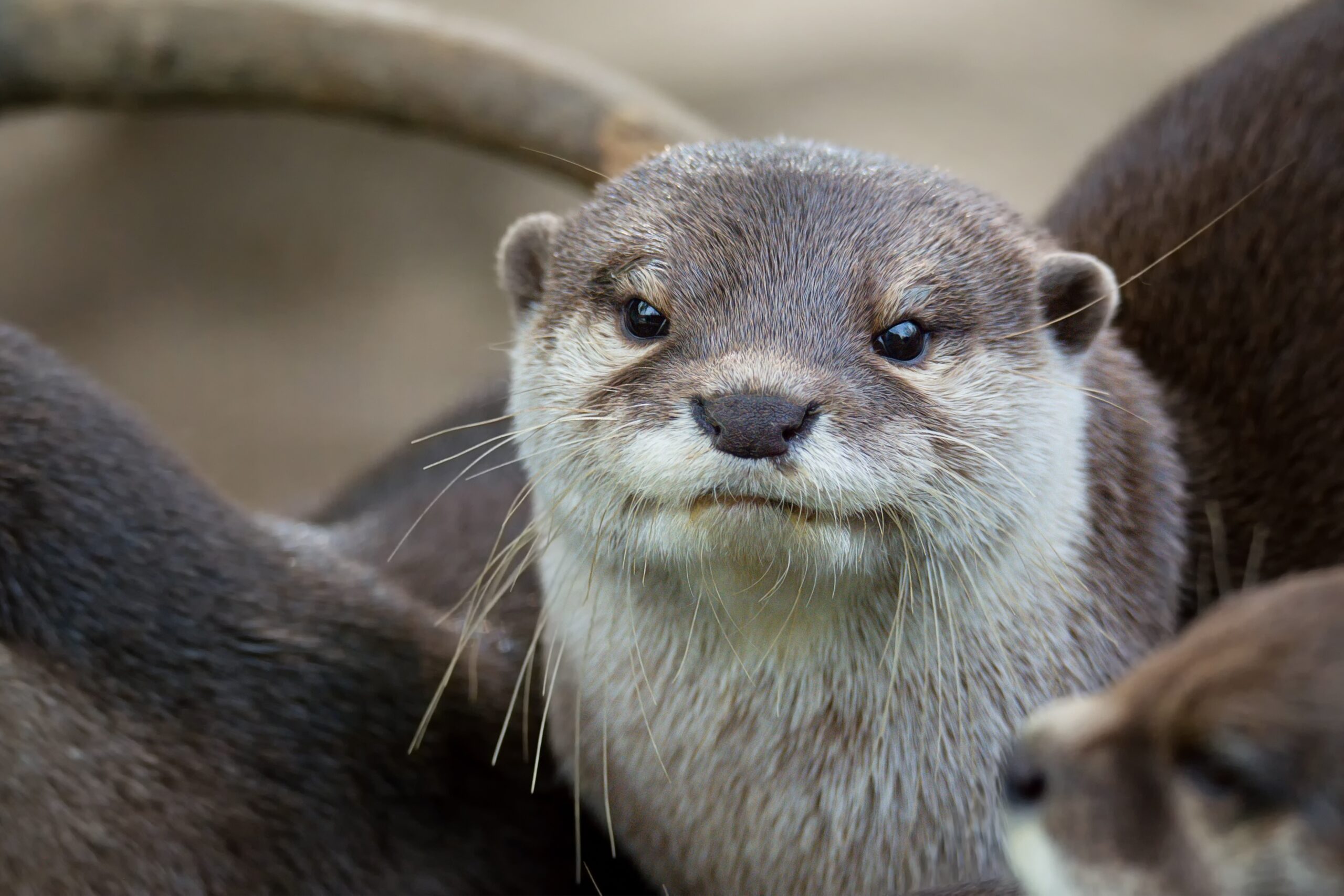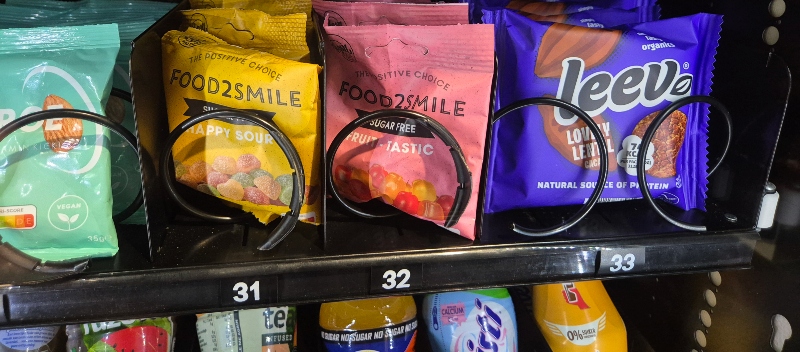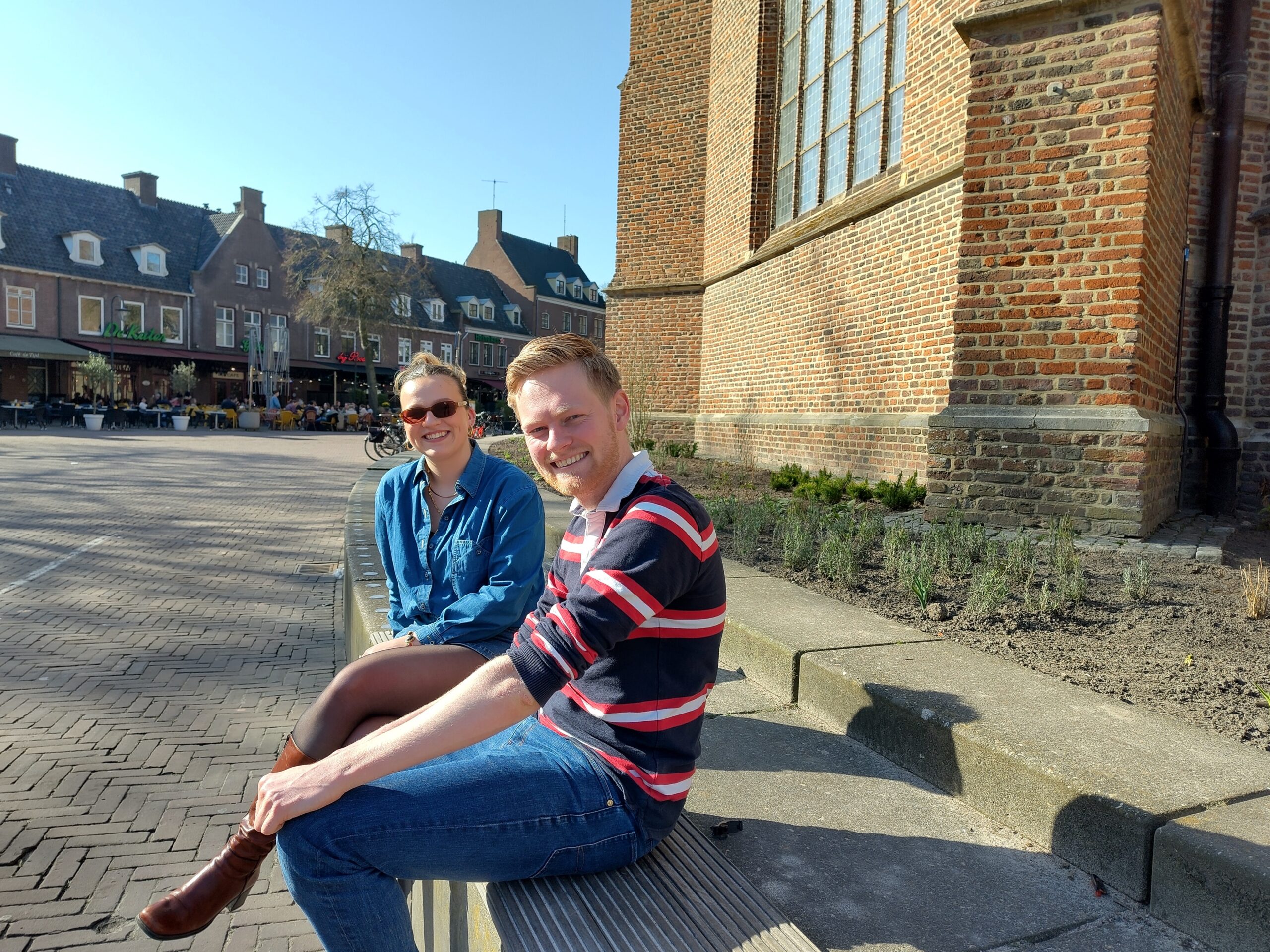What with the nitrogen surplus, deforestation and biodiversity loss, it sometimes seems as though there is little hope for our nature. But there are success stories as well. The otter, extinct in the Netherlands over 30 years ago, can now be spotted in many areas. This year was pronounced the Year of the Otter, in celebration of the animal’s return to the Netherlands.
The last remaining Dutch otter was probably run over on a road near Joure one night in 1988. Or perhaps there was another solitary otter that swam into a trap intended for other creatures later that year. ‘We shall never know exactly which one was the last,’ says ecologist Loek Kuiters (Wageningen Environmental Research), who has been involved in the otter project since 2001. ‘You can hardly ever pinpoint the precise moment of extinction. The fewer animals there are, the smaller the chance of coming across one.’ What can be said with certainty is that the number of otters decreased from the mid-20th century, and that the last sighting of an otter was in 1988.
Otters are mobile animals. They are mainly active by night and can cover large distances. As long as they don’t come to a road, that is. The road network in the Netherlands expanded rapidly over the previous century, which cost a lot of lives. On top of that, the otter suffered from poor water quality. Pollutants, particularly PCBs, from the fish the otter likes to eat accumulated in its body fat. Until 1954, hunters were allowed to shoot otters and were even subsidized to do so. And trap-fishing, which led to a lot of otters becoming ‘bycatch’, didn’t help either.
Restoration plan
By the time it was realized that the otter population in the Netherlands was in decline, it was actually too late. The last otter was gone before the Restoration Plan for the Otter’s Habitat was printed. But the plan was still put into action. Fauna crossings were created for roads and railway tracks. Poor water quality and dwindling fish stocks were tackled. And tentative thought was given to the reintroduction of the otter, since waiting for it to move into the country from Germany required an awful lot of patience. The first little group of otters captured abroad was released into the Weerribben-Wieden nature reserve in Overijssel in 2002.
‘WUR started monitoring from the moment the animals were released. At that time, the otters were still tagged. The transmitters they were fitted with worked for between a couple of months and a year. That gave us an idea of where they hung out for the first few months, at least. And we could also see that some individuals settled into the area where they were released, while others ran away immediately.’ If an animals tries to return to its original habitat, this is known as homing behaviour. An unfortunate strategy in this case, given that the otters came from Lithuania and Belarus.
So the reintroduction did not go entirely smoothly, but after some teething troubles, things looked up for the otter. The population grew steadily and last year the Dutch population of more than 450 individuals was officially declared viable. That means that there are enough animals to maintain the population and ensure that there is only limited inbreeding.
Effect on other species
The good news is that restoring the otter’s habitat has a positive impact on many other species too. ‘The otter is seen as the ambassador of clean water. If there are otters in an area, then a lot of animals will feel at home there. Fish stocks have increased, as have numbers of many other aquatic species and of animals dependent on them such as grey herons and storks. A project like this has far-reaching effects.’
What accounts for its success? ‘Firstly, I think, the fact that the otter is not a very picky species. As long as there is enough good quality fish and enough vegetation in an area where there isn’t much disturbance, otters will be quite content. Another important factor was the good collaboration with a varied group of people from different domains, from water boards to provincial government to ministries, and from nature management, policy, government and research. That creates a support base for a long-running project like this one. And then there are the volunteers, of course. We can rely on a large network of enthusiastic volunteers who spend a lot of time in the field. They keep an eye on how the animals are faring, where they are and where their young go. The otter is an appealing species; it looks cuddly. That helps with recruiting volunteers.’
The otter looks cuddly. That helps with recruiting volunteers
So all’s well that ends well. Or is the otter still in danger in the Netherlands? ‘The traffic remains a major risk factor. We estimate that roughly one quarter of the entire population gets run over by cars. Every year. So you need quite a big growth rate to compensate for that. And we must keep on creating fauna crossings. Tragically enough, the number of road deaths is the best way of monitoring how many otters there are, at the moment.’
Returning and new residents
The otter is not the only animal that has returned to the Netherlands in recent years. The beaver was reintroduced in 1988 and there are now nearly 5000 beavers in the country. Nowadays, we are more cautious about reintroducing species and we prefer to wait and see whether the animal arrives of its own accord. Examples of that are the wolf, the European wild cat and the golden jackal. The latter has only been spotted here a couple of times, and sadly one was run over near Zeist very recently. Source: Zoogdiervereniging

 The Dutch population is now at 450 otters and is viable: there are enough animals to maintain the population and ensure that there is only limited inbreeding. Photo Shutterstock
The Dutch population is now at 450 otters and is viable: there are enough animals to maintain the population and ensure that there is only limited inbreeding. Photo Shutterstock 

